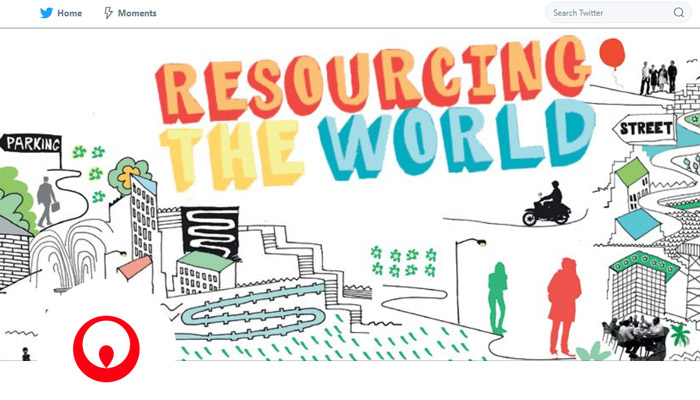Our children’s safety is a top priority at all times, with school season starting, it’s natural to have concerns over ensuring our kids are safe. Dangers can come in all shapes and sizes, preparing your children for anything can prevent them from making a decision that can drastically impact them. Below are some safety precautions you should take with your children before the school season starts.
The Dangers of Driving Zones
Each year, many children are injured or killed when they dart into the path of a car, and most are young children injured near or on their street. Here are some important pieces of information to be aware of:
- Most crashes involving young children occur between 3 p.m. and 6 p.m.
- Most crashes involving young children happen in fair and warm weather.
- Twice as many boys are injured as girls.
How can driving tragedies be prevented?
Supervise young children at all times, including limiting their range to cross the street alone. Teach children early how to best cross the street safely by explaining, and by example, to stop at the curb and to look right, left and, right again before crossing to ensure the road is clear. As you both safely cross the street together, praise your child for copying your safe actions and words.
Drivers should observe speed limits at all times, but especially around children. When driving in school zones, near playgrounds, or in neighborhoods where children might be playing, motorists and drivers should always expect a child to dart out into the roadway.
When turning left at a green light or making a right turn on red, drivers need to look for pedestrians as well as cars. Pedestrians always have the right of way in these situations.
Avoid using a cell phone in and around school zones. Children’s actions can be unpredictable. If you are texting, talking or making a call, it can affect your ability to react quickly.
What Drivers Need to Know
Parents and drivers of cars and motorcycles have a responsibility to help ensure the safety of child pedestrians and because of their size, it is especially difficult for children to see motorists or for motorists to see them. Children’s peripheral vision is about one-third narrower than an adult’s and therefore can’t see a motorist approaching as soon as an adult could.
Children’s perception is also not as advanced, and they have a difficult time judging the speed and distance of a car or motorcycle coming towards them, they often think that if they can see the driver, the driver can see them.
 Like us on Facebook to follow along and read more about Veolia North America
Like us on Facebook to follow along and read more about Veolia North America
This information is provided by Veolia North America to help you protect your personal safety. Content is drawn from EmployersResource and other online safety resources.



